As an Amazon Associate, I earn from qualifying purchases. In addition, I participate in several other affiliate programs that allow me to earn while I recommend products I love.
There’s nothing quite like sinking your teeth into a rich and fudgy brownie.
However, if your brownies consistently turn out cakey instead of chewy and moist, it can be disappointing.
But fear not!
In this guide, we’ll explore the reasons behind cakey brownies and provide you with practical tips and solutions to help you achieve the perfect fudgy texture you crave, finally answering the question, “why are my brownies cakey?”
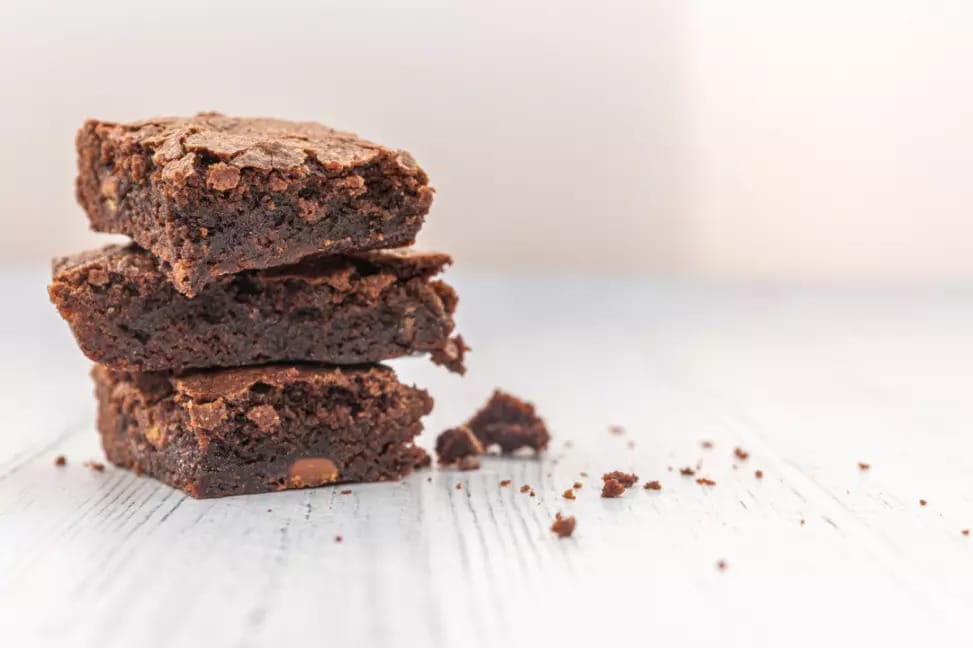
Understanding the Difference: Fudgy vs. Cakey Brownies
When it comes to brownie texture, there are two main camps: fudgy and cakey.
Fudgy brownies are dense, moist, and have a melt-in-your-mouth quality.
On the other hand, cakey brownies are lighter, fluffier, and resemble a traditional cake texture.
It’s important to know the characteristics of each style to identify and troubleshoot any cakey brownie issues.
The Role of Ingredients
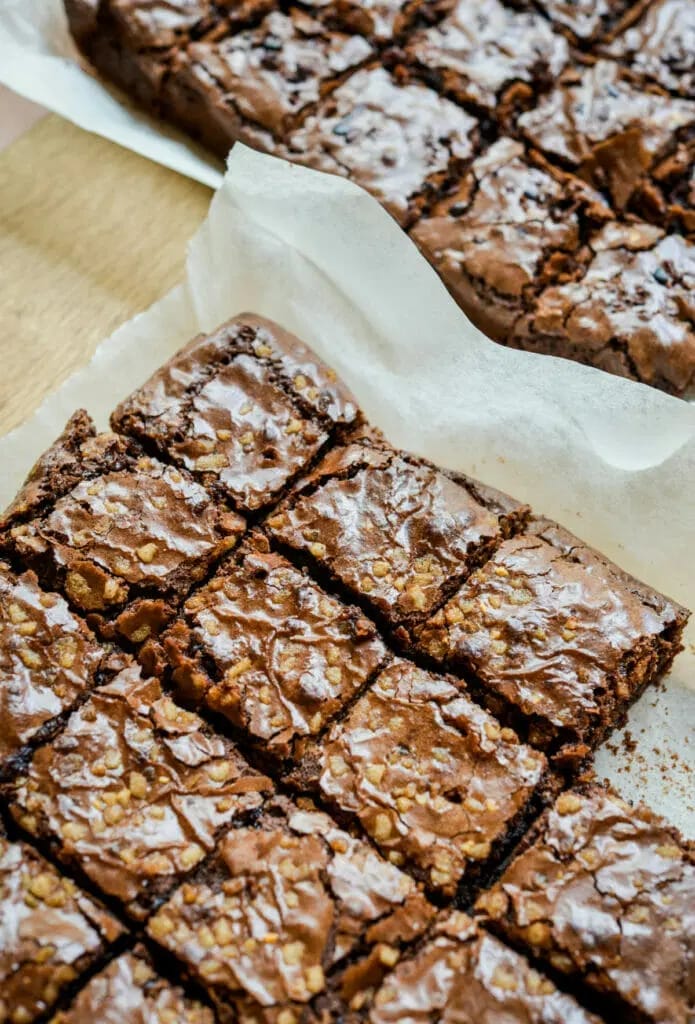
The ingredients you use can significantly affect the texture of your brownies.
Here’s a breakdown of their impact:
Fat Content: Higher fat content (such as butter or oil) tends to result in fudgier brownies, while lower fat content can lead to a cakey texture.
Flour: Using too much flour can contribute to a drier, cake-like texture. Be mindful of the amount you use.
Leavening Agents: Baking powder and baking soda create air pockets, causing brownies to rise and become cakey. Reduce their amount if you prefer a denser texture.
Mixing Techniques
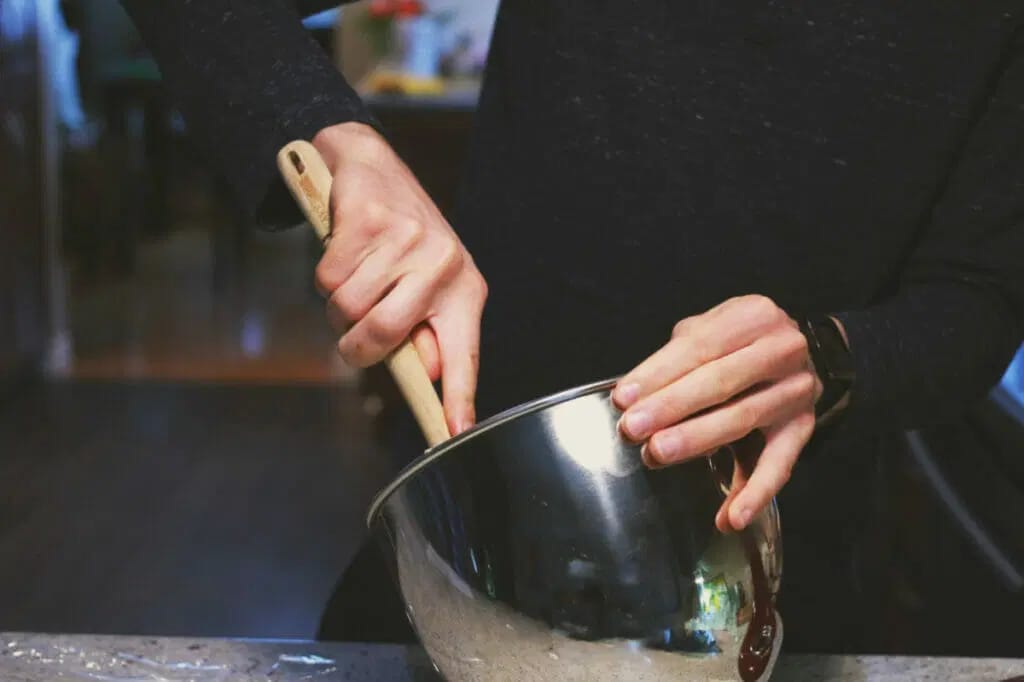
Proper mixing techniques can make a difference in the final texture of your brownies and help you prevent cakey brownies.
Mixing Duration: Avoid overmixing the batter, as this can introduce more air and result in a cakey texture. Mix until the ingredients are just combined.
Incorporating Dry Ingredients: Thoroughly blend the dry ingredients into the batter, ensuring they are evenly distributed. Clumps of dry ingredients can affect the texture.
Baking Time and Temperature
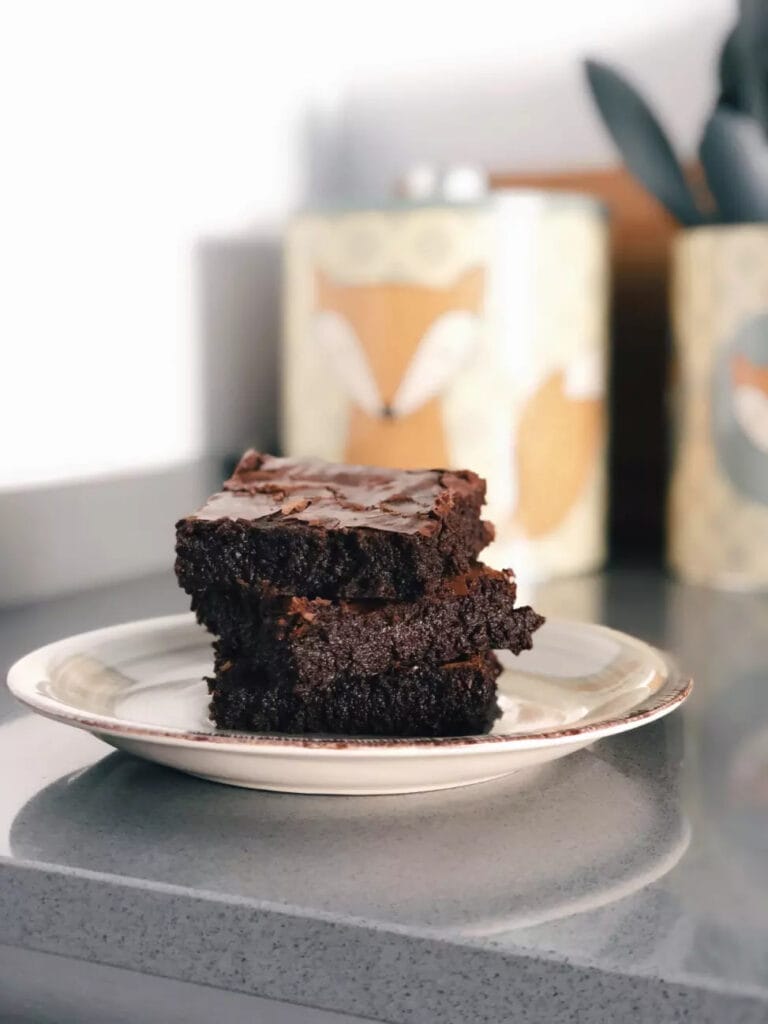
Baking time and temperature also play crucial roles in achieving the desired brownie texture.
Baking Time: Overbaking brownies can dry them out and make them cakey. Start checking for doneness a few minutes before the recommended baking time.
Oven Temperature: An oven that runs too hot can lead to quicker cooking and potentially cakey brownies. Ensure your oven temperature is accurate for the best results.
Recipe Modifications
Consider making a few adjustments to your recipe to enhance the fudgy texture of your brownie.
- Leavening Agents: Reduce or omit the leavening agents in your recipe to minimize rising and achieve a denser texture.
- Fats: Experiment with using different fats, such as melted chocolate or additional butter, for a richer and more fudgy outcome.
- Eggs: Adding an extra egg or additional egg yolks can increase moisture and contribute to a chewier texture.
The Importance of Pan Size and Type
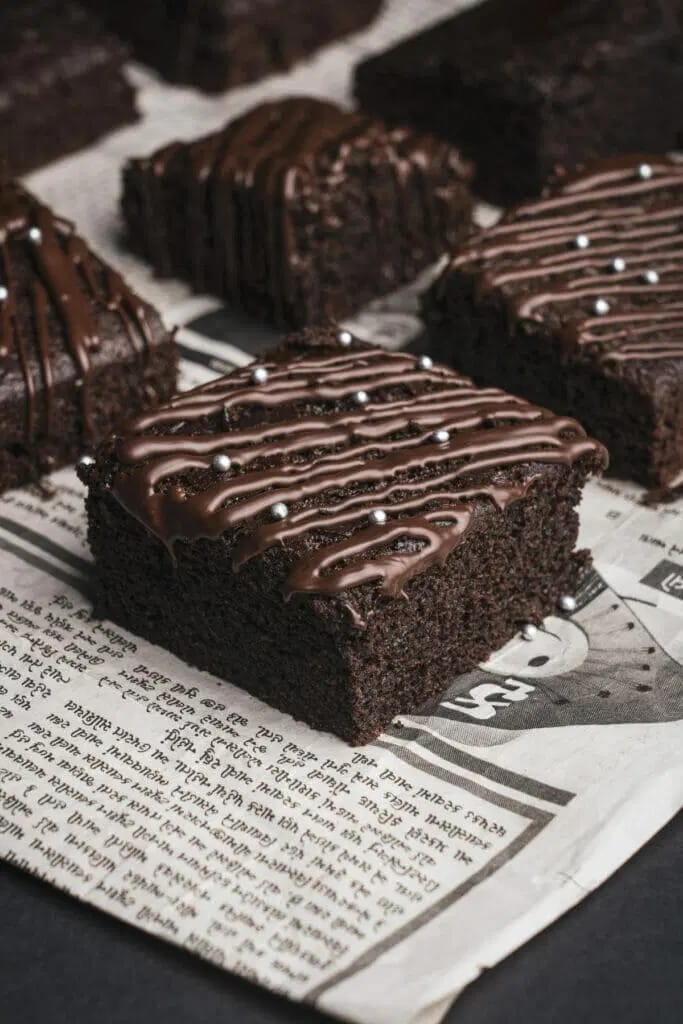
The pan you use can influence how your brownies bake.
Pan Size: Using a larger pan can spread the batter too thinly, resulting in a cakey texture. Stick to the recommended pan size in the recipe for optimal thickness.
Pan Type: Different materials conduct heat differently. Metal pans generally yield better results, promoting more even baking and a fudgier texture.
Testing for Doneness
Properly assessing doneness is crucial to achieving fudgy brownies.
Toothpick Test: While commonly used, the toothpick test may not be accurate for brownies. A few moist crumbs clinging to the toothpick indicate fudginess, while a clean toothpick signifies a cakey texture.
Visual Cues: Look for a slightly cracked surface and edges that have pulled away from the pan. These visual indicators suggest fudgy brownies.
Storage and Cooling Methods

Improper storage and cooling can affect the texture of your brownies.
Cooling: Allow your brownies to cool completely in the pan before cutting. This helps them set and maintain their moisture.
Storage: Store brownies in an airtight container or wrap them tightly with plastic wrap to retain their fudgy texture.
Troubleshooting Cakey Brownies
If you’ve followed the above tips and still encounter cakey brownies, consider these troubleshooting steps.
Increase Fat: Incorporate more fat, such as butter or oil, into your recipe.
Decrease Flour: Reduce the amount of flour to create a denser texture.
Adjust Baking Time and Temperature: Experiment with lowering the oven temperature or reducing baking time slightly.
Want more brownie hacks? Check these out!
